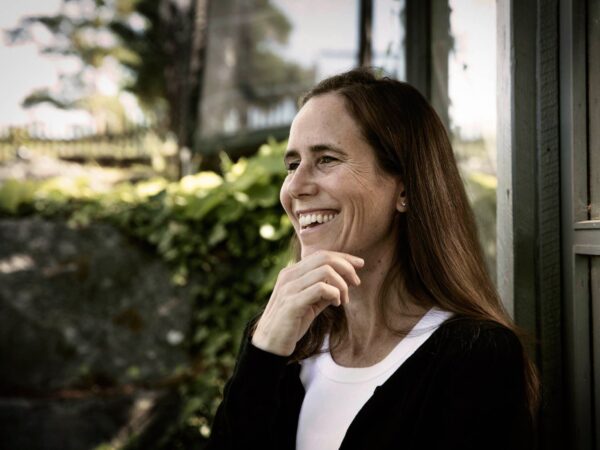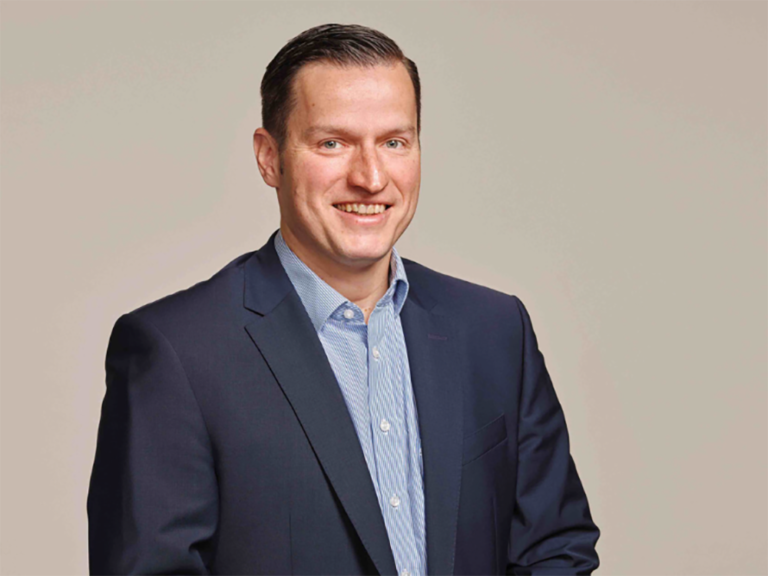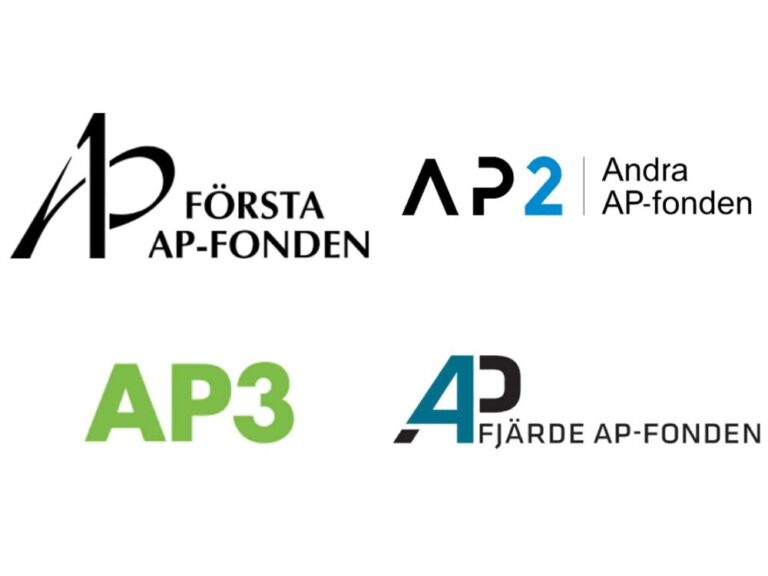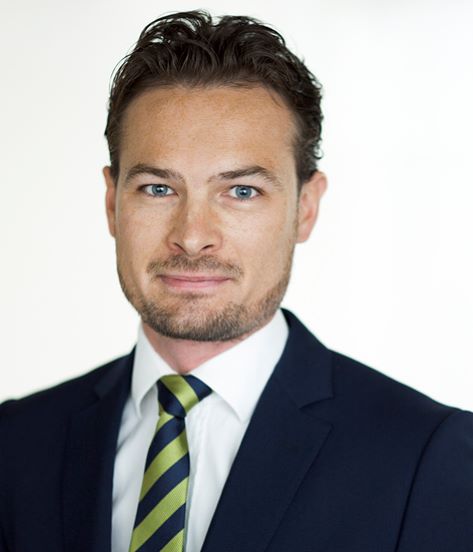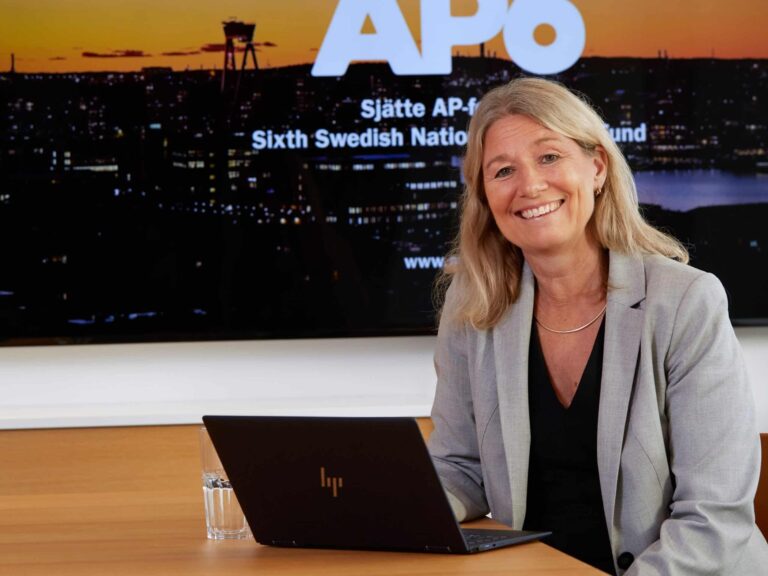By Kari Vatanen, Head of Asset Allocation and Alternatives at Elo: Global economic growth has proven to be more resilient than expected in a world overshadowed by geopolitical tensions and increasing protectionism. At the same time, inflation has cooled more slowly than anticipated, remaining above central banks’ target levels. In 2025, inflation will decouple between the United States and Europe, leading to divergence in monetary policy and in expected returns in investment markets.
In 2024, global economic growth continued to outperform expectations. In particular, U.S. economic growth exceeded market forecasts, as a robust labor market and rising wages supported private consumption and the service sector. Demand fueled by the AI boom boosted the earnings of American tech giants, while many more traditional industrial sectors struggled with declining profitability.
In Europe, economic growth remained subdued and stayed positive largely due to the service sector. The export-driven economies of Northern Europe suffered from weakening demand for industrial production, as China was no longer driving European exports and economic growth. In Southern Europe, economic growth proved to be stronger than in the export-driven North.
Inflation continued to ease during 2024. In the United States, robust economic growth kept inflation elevated, particularly in the service sector. In contrast, inflationary pressures in Europe subsided in a weaker economic growth environment. Core inflation, which excludes energy and food prices, declined more slowly than expected and remained above central banks’ target levels.
The central banks gradually began lowering their key interest rates as inflation eased. The European Central Bank started to cut its key rates in June and has since lowered them a total of four times. In the United States, the reduction of key interest rates began only in September, but the central bank implemented the cuts at a slightly faster pace. By the end of 2024, both central banks had reduced their key rates by one percentage point.
Macroeconomic environment and central bank actions in 2025
In 2025, global economic growth will remain positive despite rising geopolitical tensions and increasing protectionism. Trump’s promised tax cuts and deregulation, if implemented, will stimulate the economy, but higher import tariffs and stricter immigration policies will simultaneously increase inflation. Nominal economic growth will remain strong in the United States, but elevated inflation will erode real economic growth, which will be slightly weaker than in the previous year.
In Europe, economic growth will begin to recover as inflationary pressures ease, with rising real wages and falling interest rates boosting private consumption. Decreasing interest rates may also gradually revive demand for investment goods, which would improve the outlook for the manufacturing sector towards the end of the year. The potential implementation of U.S. import tariffs could weaken the business environment for certain exporting sectors in Europe, but they are likely to be primarily targeted at China.
Inflation will decouple between the United States and Europe. Protectionist policies in the U.S., including import tariffs and immigration restrictions, will drive up the cost of imported goods and labor. In the U.S., overall inflation will remain elevated throughout the year, and core inflation will settle at around 3-4 percent. In contrast, in Europe, subdued economic growth has eased inflationary pressures, and the nascent economic recovery will not yet raise them. In the Eurozone, core inflation will reach the European Central Bank’s target level during 2025, but it may rise again toward the end of the year.
Monetary policies of the central banks will also decouple across the Atlantic. The U.S. Federal Reserve will cut its key interest rates 1 or 2 more times during the spring, by at most half a percentage point, and will then halt rate cuts due to persistent inflation. Elevated inflation risks could force the Federal Reserve to tighten monetary policy again later in the year. The European Central Bank will continue gradual rate cuts throughout the year as inflationary pressures ease. Its key interest rate will end up about one percentage point lower by the end of 2025.
The focus of the global economy has increasingly shifted towards geopolitics. The path of war and peace will have a substantial effect on both economic growth and inflation expectations for 2025. U.S. import tariffs could strain relations with China, while the emphasis on European security may diminish. The continuation and potential expansion of the war in Eastern Europe and the Middle East could create new inflationary pressures and hinder economic growth in neighboring regions. On the other hand, the end of the war in Ukraine and subsequent investments in the country’s reconstruction could provide a significant boost to the European economy.
Investment year 2025 for the major asset classes
For the Fixed Income Investor, 2024 was a challenging year as long-term interest rates faced upward pressure. In contrast, short-term rates fell towards the end of the year as central banks began cutting their key interest rates. As a result, yield curves have normalized to a positive slope, except for the very shortest rates. In 2025, the steepening of yield curves will continue, with long-term rates rising significantly above short-term rates. In the U.S., there is limited room for further declines in short-term rates as the Federal Reserve slows the pace of interest rate cuts. At the same time, persistent inflation will put upward pressure on long-term rates. In the Eurozone, short-term government bond yields are already close to the ECB’s inflation target, so the steepening of the yield curve will primarily occur through increases in long-term rates. Return expectations for government bonds are subdued, and short-term rates appear more attractive than long-term rates.
For the Credit Investor, the year 2024 provided competitive returns despite occasional volatility in the pricing of credit investments. Credit spreads tightened over the year and severe default events were avoided in the markets. At the beginning of 2025, the credit investor starts the year with lower yield levels compared to the previous year. Credit spreads on publicly traded corporate bonds have tightened to the lower end of their historical range, increasing the risk of a decline in bond market values. Expected returns for credit investments remain modestly positive, as long as financial conditions in the capital markets remain sufficiently stable.
For the equity investor, 2024 was a mixed year. The rise in global equity markets was largely driven by American tech giants, while the performance of many small and medium-sized companies remained rather subdued. Additionally, weakening demand in the manufacturing industry hurt the export-driven equity markets in Northern Europe, resulting in significant regional differences in equity market returns. In 2025, the global equity market will offer more moderate positive returns than in the previous year, despite persistent inflation causing turbulence. The positive momentum in U.S. tech stocks is set to continue. In other sectors, companies with strong balance sheets and robust profitability are likely to outperform in a market environment where the Federal Reserve has paused rate cuts. In Europe, equity market valuations have remained moderate or even attractive in some areas. Slowing economic growth and weakening earnings have already been priced into stock prices, so any positive shift in economic outlooks could trigger a new upward trend in the European stock market.
Illiquid investments delivered relatively subdued performance in 2024, with the exception of the private credit market. Real estate valuations continued to face downward pressure, although the largest write-downs are likely behind us. In private equity, market activity has been weak, and changes in valuations have been modest. However, private credit offered quite competitive returns last year. In 2025, the decline in short-term interest rates driven by the European Central Bank’s rate cuts will support the European real estate market, and recovery will begin. In the United States, the real estate market is expected to remain more subdued. Market activity in private equity will gradually start to recover, but valuation changes will lag behind the returns of public equity markets. Expected returns for private credit investments remain more attractive than those for publicly traded corporate bonds.
Expected returns for investment markets appear moderately positive, although many markets are entering 2025 with higher valuation levels compared to the previous year. In Europe, slowing economic growth and weakening earnings have already been priced into equity prices, and company valuations remain moderate. A positive shift in economic expectations for the eurozone could significantly benefit both the European equity and real estate markets, which have suffered from rising interest rates. However, any new negative surprises in geopolitics could create additional inflationary pressures and harm both economic growth and investment markets.
This post by Kari Vatanen was originally published here.



